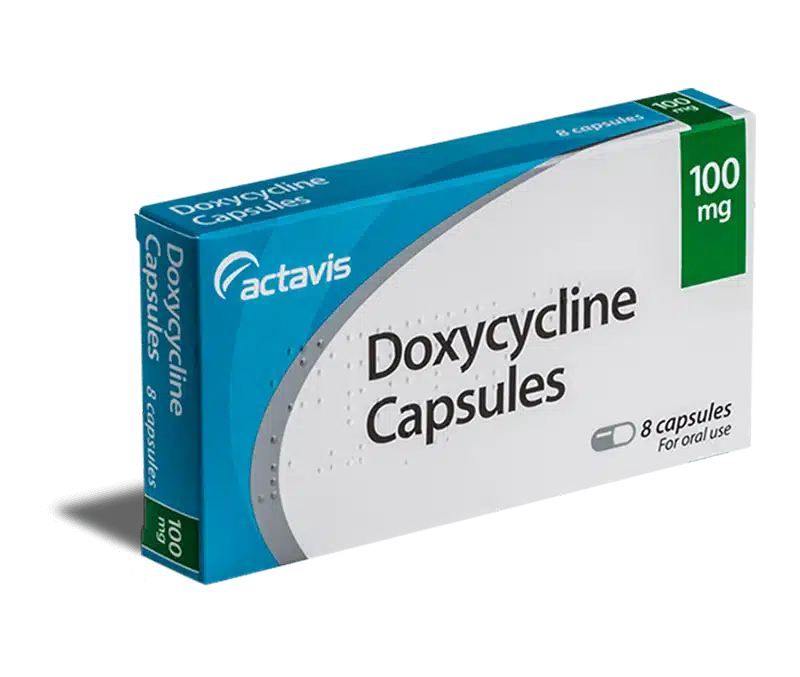The new oral anticoagulants (NOACs) have revolutionized the management of cardiovascular diseases, particularly in the context of atrial fibrillation and the prevention of strokes. Emerging clinical data testify to an increased efficacy and safety compared to previous treatments, allowing for better management of thrombotic risks. The analysis of real-world results reinforces the idea that these treatments meet expectations and offer new perspectives in the field of cardiology. The impact of these anticoagulants on mortality, as well as the reduction of adverse events, represents significant advances that deserve particular attention from healthcare professionals.
Anticoagulant treatment is essential in managing many cardiovascular conditions, notably atrial fibrillation, where the risk of strokes (CVA) is significantly increased. The new oral anticoagulants (NOACs), also known as direct oral anticoagulants (DOACs), represent a significant advancement compared to traditional anticoagulants such as vitamin K antagonists (VKAs). Their market introduction has been fueled by promising clinical data suggesting better efficacy and increased safety.
NOACs, including among others rivaroxaban, apixaban, dabigatran, and edoxaban, work by specifically targeting coagulation factors in the platelet cascade process. Unlike VKAs, which require regular monitoring of coagulation levels, these new agents do not require systematic monitoring and have fewer dietary restrictions, making them more convenient for patients.
Recent clinical trial results have established that NOACs exhibit comparable or even superior efficacy to VKAs in preventing ischemic strokes and systemic thromboembolism. For instance, in pivotal clinical trials such as ROCKET-AF and ARISTOTLE, these new anticoagulants demonstrated a reduction in mortality compared to conventional treatments, as well as a decrease in major bleeding events, which constitutes a significant advantage.
A particularly noteworthy study is the GARFIELD-AF trial, which evaluated the outcomes of anticoagulant treatments in a real-world setting. The data showed that with NOACs, there was a reduced incidence of stroke and mortality compared to patients treated with VKAs. These observations reinforce the idea that new oral anticoagulants deliver on their promises regarding safety and efficacy.
In clinical practice, the use of NOACs does require a good understanding of their safety profile and potential side effects. Although NOACs are generally associated with a lower risk of bleeding, there remain instances of bleeding complications, such as headaches and gastrointestinal bleeding, that require particular attention. Therefore, physicians must be vigilant when prescribing and managing patients on NOACs.
The indications for NOACs also extend to other conditions, and their use is expanding, with new therapeutic perspectives. Recent studies examine their role in stroke prevention in at-risk patients, as well as in those with deep vein thrombosis (DVT) or pulmonary embolism, where promising results have been observed.
Implementing NOACs in clinical practice requires a thorough evaluation of the patient, including medical history, comorbidities, and potential drug interactions. Some drugs, notably CYP3A4 inhibitors or inducers, may interact with NOACs, affecting their efficacy. Therefore, it is essential to assess each patient thoroughly to optimize the formulated use of oral anticoagulants, whether new or traditional.
Regarding side effects, new oral anticoagulants should be administered with caution in patients at risk of bleeding. Although NOACs have demonstrated a good overall safety profile, monitoring patients and continuous evaluation of side effects remain essential. Physicians must inform patients of signs and symptoms to watch for, such as unexpected bleeding or bruising.
Clinical guidelines also recommend regular reassessment of treatments with oral anticoagulants, including NOACs, given emerging clinical data that could influence prescribing protocols. With the rapid evolution of knowledge regarding medications, it is crucial to stay informed about the long-term implications of using these treatments.
It is also important to note that the transition from VKAs to NOACs must be managed carefully to avoid any increased risk of thromboembolic events. Well-established protocols should be followed, including the use of bridging anticoagulation to minimize the risk of treatment interruption.
A review of recent clinical data has highlighted the growing need to educate healthcare professionals on the use of new oral anticoagulants, emphasizing the importance of a good understanding of the indications, side effects, and contraindications associated with these medications. It is also imperative that patients are educated about their treatment, so they can understand the importance of adherence to their regimen and the safety measures to take.
New approaches in cardiac rehabilitation also include updated protocols regarding oral anticoagulants. By integrating NOACs into these protocols, clinicians can offer better management of thrombotic risks, allowing for more effective cardiac rehabilitation.
In conclusion, new oral anticoagulants are transforming the landscape of cardiology, offering significant advantages in terms of efficacy and safety. Their integration into practice must be conducted carefully, with regular evaluation of new data from research and clinical studies. Side effects, drug interactions, and the specifics related to treatment in each patient should continue to be carefully considered to ensure the best possible outcomes.
For a detailed review of the side effects and contraindications of traditional anticoagulants such as warfarin, you can consult the following articles: Medical prescription, side effects, and contraindications of warfarin.
Similarly, to learn more about the effects and warnings regarding the use of aspirin, the following articles provide valuable information: Medical prescription and side effects of aspirin: what you need to know and Medical prescription: side effects and contraindications of aspirin.
Finally, for additional information on the side effects of medications such as omeprazole, consult this article: Medical prescription and side effects of omeprazole: what you need to know. Other common medications like ibuprofen and paracetamol also have notable side effects that can be consulted through these resources: Medical prescription, side effects, and contraindications of ibuprofen.
The new oral anticoagulants (NOACs) have revolutionized the management of patients suffering from thromboembolic disorders, notably atrial fibrillation. Their use demonstrates favorable clinical outcomes, sometimes surpassing traditional treatments like vitamin K antagonists (VKAs). This text examines the clinical benefits of NOACs, their impact on mortality, as well as the new perspectives they offer in cardiology.
Clinical Benefits of New Oral Anticoagulants
NOACs, such as rivaroxaban, apixaban, and dabigatran, have demonstrated superior efficacy in the prevention of ischemic strokes in patients with non-valvular atrial fibrillation. According to various studies, including the GARFIELD-AF cohort, these medications result in a significant decrease in mortality compared to VKAs, improving the safety and efficacy of treatment.
Practical Use of NOACs
The clinical implementation of NOACs requires a comprehensive understanding of their pharmacological profile and dosing. Unlike VKAs, NOACs do not require regular monitoring of coagulation levels, thereby simplifying the care pathway. However, it is necessary to assess the potential risks of side effects, such as headaches or bleeding, although no excess bleeding risk has been highlighted in recent studies.
Long-term Impact and Monitoring of Side Effects
Studies have shown that the use of NOACs is associated with a reduction in the incidence of ischemic strokes and systemic emboli. It is crucial to continue monitoring patients, particularly those at risk, to detect any potential long-term side effects. Current clinical data suggest that continuous reevaluation of NOACs is essential to refine treatment protocols.
New Perspectives in Anticoagulant Treatment
In recent years, studies have emphasized the interest in using NOACs as a first-line treatment in various clinical contexts, not only in cardiology but also in neurology, especially for secondary stroke prevention. NOACs open up interesting perspectives in terms of cardiac rehabilitation and modification of established treatment protocols.
The new oral anticoagulants represent a major advance in the management of thromboembolic disorders. Their proven clinical efficacy, ease of use, and safety profile make them preferred agents in the management of patients in cardiology. Ongoing evaluation of these treatments will allow for further optimization of their use and improve clinical outcomes for patients.









